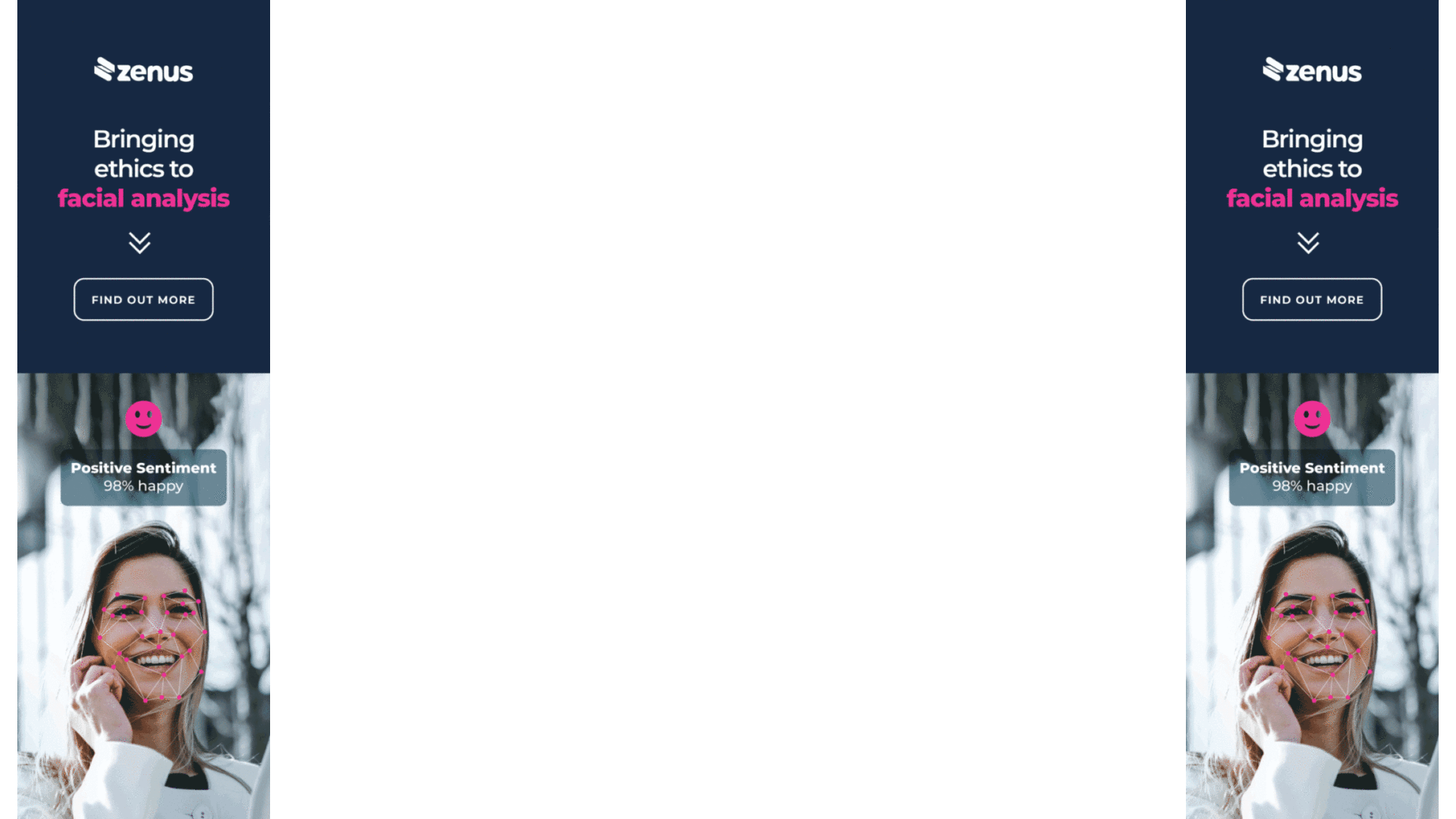IBTM has released a new gender equality report that focuses on the meetings, incentives, conferences and events (MICE) industry with the aim of starting conversations and helping to make a change.
From a global sample of 2000 people working within the event management industry, the company found out that 76.9% are women – a female-dominated industry, you could say.
Yet, according to the study, men within the industry are more likely to occupy directorial positions than women, with only 16% of the women included being at this seniority level in comparison to 32% of men.
And when it comes to the pay gap between genders, the report found that for every £1 men receive, women are typically paid 88p for the same role. IBTM took a sample of UK-based event management companies with 250 employees or more and used the UK Government pay gap tool to analyse this.
This gap drops significantly when looking at bonuses though, with women receiving 55p for every £1 received by their male counterparts, according to the figures.
Furthermore, in all companies analysed bar one, the percentage of male employees receiving a bonus was higher than that of women. Typically, those in higher-up positions are more likely to get bonuses, which again suggests that men have a greater opportunity of being in a senior role than women.
This is a concerning finding considering that, according to a report from PWC, 36% of women admitted that they would leave their place of work if they felt there was not a fair balance between how hard they work and the compensation they receive.
IBTM spoke with Gabrielle Austen Browne, the founder of Diversity Alliance and co-founder of the Diverse Speaker Bureau, who has shared her insight and thoughts on how to create a more diverse and gender-balanced workplace.
Gabrielle is a multi-award-winning diversity and inclusion expert, delivering consultancy, education, training and impactful initiatives to the events and hospitality sectors. She regularly writes about DEI for a variety of industry publications, is an industry judge and lectures on Diversity and Inclusion in events.
Five Tips For Creating A More Diverse And Gender-Balanced Workplace
#1 Ensure everyone understands and models inclusive behaviours.
One of the most important aspects of creating a more diverse and inclusive workplace is ensuring that everyone in the company, from employees to board members, understands and models inclusive behaviours.
But we’re human, Gabrielle says, so we’re not expected to know everything right away.
Education is key.
Often, people do require some level of training in the different forms of bias that may exist as well as how they can remove these from the organisational practices and business processes such as recruitment and talent development.
Only when everyone is on the same page can you start to create a truly inclusive and diverse workplace culture, Gabrielle concludes.
At the end of the day, all of these strategies require time, resources and budget to be implemented as well as commitment from those in decision-making positions.
#2 Make sure diversity is reflected at all levels.
There is no point talking the talk if you’re not walking the walk. Diversity should be reflected at all levels, including at the top.
If there is a lack of diversity in leadership positions, you should address this and come up with a plan to change it.
An effective way to do this is by collecting data to benchmark those underrepresented in leadership positions.
It can also be useful to enlist the help of an external independent consultant or professional to facilitate these conversations and encourage more openness, honesty and a plan of action in the collection and usage of the data.
#3 Reflect on recruitment data and assess the shortcomings.
Who is applying for and/or being shortlisted for leadership roles? Are the applicants on the shortlist balanced in terms of background, gender and other diversity? Does it reflect the sort of workplace culture you’re looking to create, Gabrielle asks.
If not, look at your recruitment practices and data. Ask yourself, could there be bias in the job description? Could there be bias in the interview and selection process?
Are there any patterns between those accepting job offers and those who are not? Was there a salary difference, for example? If the answer is yes, Gabrielle claims that it is best practice to develop an inclusive recruitment practice to address this.
#4 Look at gender gaps and normalise conversations around this.
When it comes to these diversity and inclusion gaps, such as an unbalanced leadership team, biased practices or a gender pay gap, encourage people to speak up about them.
Issues won’t go away if we ignore them and will only contribute to poor productivity, motivation and retention in the long run, according to Gabrielle.
Another way to address this is to monitor carefully exit interview feedback and data for any patterns emerging when it comes to gender issues or potentially underrepresented groups.
#5 Establish initiatives that will create a more gender-balanced workplace.
But it’s not all data-crunching and discussions. To create a more diverse and inclusive workplace, you need to establish initiatives that will contribute towards this, Gabrielle claims, with examples being mentorships or female leadership programmes or a talent development plan that will directly support those looking to move into leadership positions.
Similarly, Gabrielle advises that organisations and companies create a feedback process that monitors the team members’ progress and offers frequent feedback.











